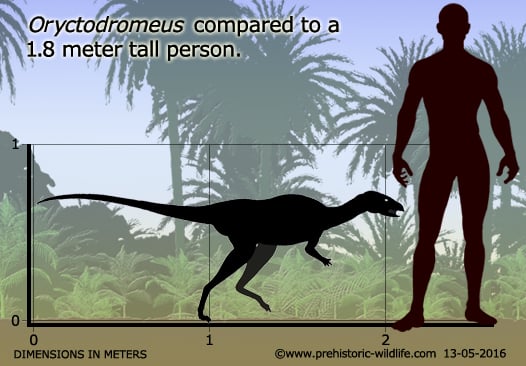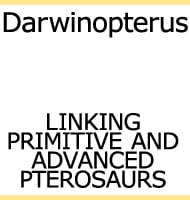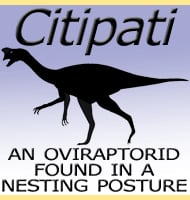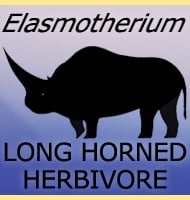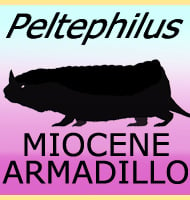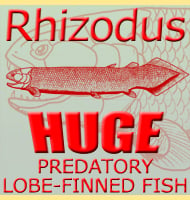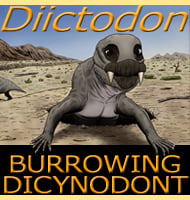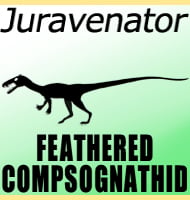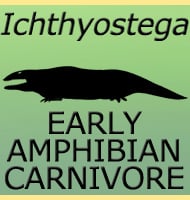In Depth
The discovery of three Oryctodromeus individuals at the bottom of a two meter long burrow that was filled with sediment was proof that some dinosaurs had adapted to burrowing. There are several advantages to burrowing, including safer rearing of young, having a retreat to escape to from predators, to being more able to cope with temperature extremes.
Oryctodromeus has a number of features to assist in a burrowing lifestyle, including a slender pelvis and shoulder girdle. The tail may have also been more flexible than the more typical tails of related hypsilophodonts. It is also thought that it could have used its broad horny beak for digging.
Further Reading
– First trace and body fossil evidence of a burrowing, denning dinosaur. – Proceedings of the Royal Society of London B 274:1361-1368. – D. J. Varricchio, A. J. Martin & Y. Katsura – 2007.
